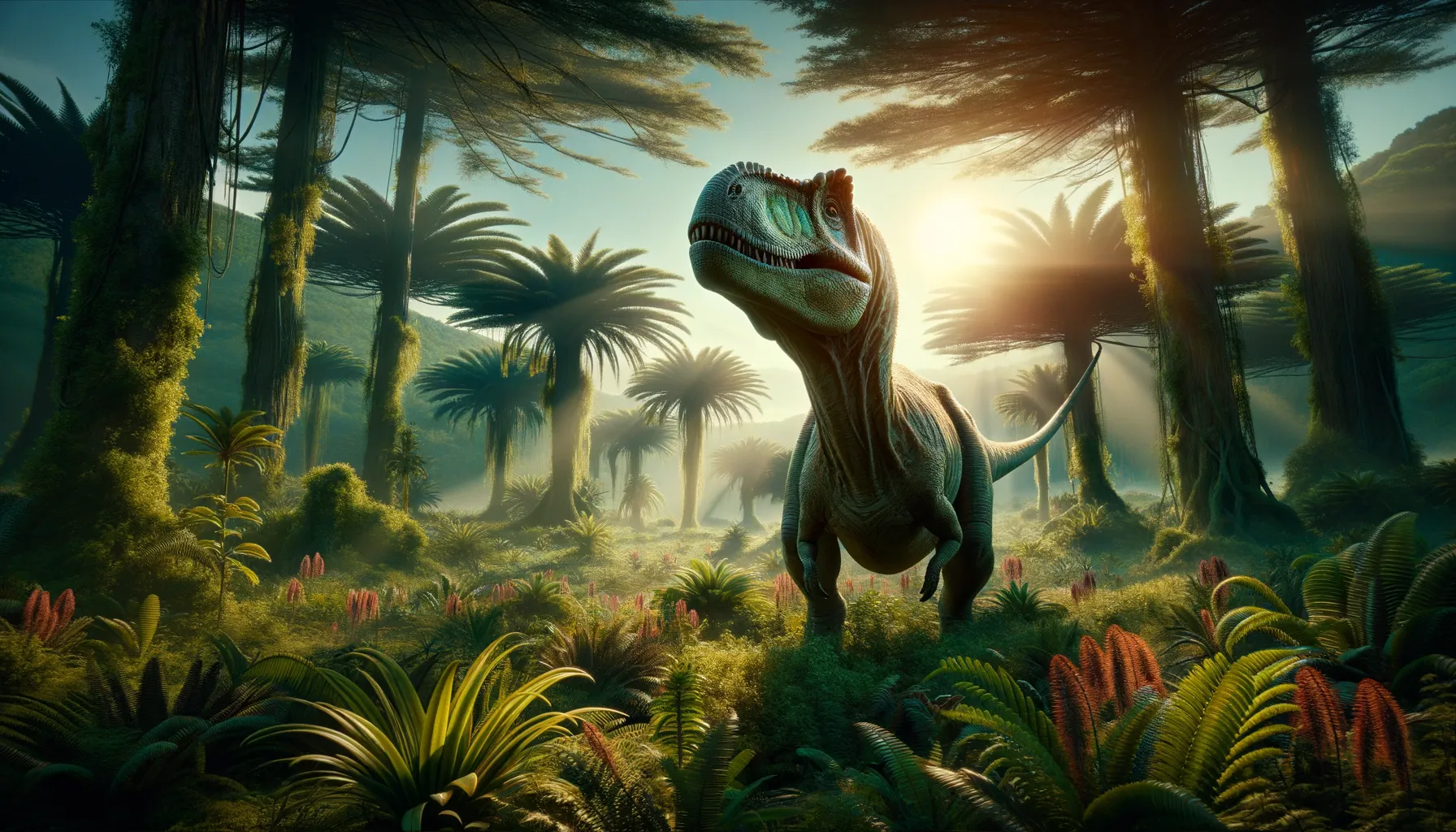
Trimucrodon
The small but mighty Jurassic grazer.
Period
Jurassic
Length
Around 1.5 meters long.
Height
Stood about 0.5 meters tall.
Weight
Weighed around 20 kilograms.
Trimucrodon was a small herbivorous dinosaur known for its distinctive teeth adapted for a plant-based diet. It lived during the Jurassic period and was discovered in Portugal. Despite its relatively small size, Trimucrodon played an essential role in its ecosystem by contributing to the plant life control. Its fossils provide valuable insights into the diversity of dinosaur life in the European region during the Jurassic.
Diet
Trimucrodon primarily consumed a plant-based diet, feeding on low-lying vegetation. Its teeth were specially adapted to help it efficiently process plant material.
Hunting
Trimucrodon did not hunt, as it was a herbivore. It likely foraged for plants and other vegetation.
Environmental challenges
Trimucrodon faced environmental challenges such as changes in climate and vegetation during the Jurassic period. It had to navigate an ecosystem with fluctuating resources, which required adaptability in its diet. Competition for food with other herbivorous dinosaurs may have also been a challenge.
Speed
Relatively slow-moving.
Lifespan
Could live for several decades.
First discovery
Found in Portugal in the 1970s.
Fun Facts
- Trimucrodon was a small, plant-eating dinosaur that lived during the Late Jurassic period.
- Its name means 'three-pointed tooth' because of the unique shape of its teeth.
- Trimucrodon was discovered in Portugal, giving us clues about the types of dinosaurs that lived in Europe during its time.
- It probably lived in groups and grazed on low-lying plants and foliage.
- Trimucrodon is part of the family of dinosaurs known as Ornithischia, which were primarily herbivorous.
- Its small size helped Trimucrodon move quickly to avoid predators.
- Trimucrodon adds to our understanding of the diversity of herbivorous dinosaurs in prehistoric ecosystems.
Growth and Development
Trimucrodon likely experienced a steady growth rate, reaching full maturity within a few years. Juveniles may have been more vulnerable to predators, requiring them to grow quickly to survive. Developmental stages might have included shifting from softer plant materials to tougher vegetation as their teeth developed.
Habitat
Trimucrodon inhabited what is now Portugal, a region that was likely rich in vegetation during the Jurassic. It needed to be agile enough to move through dense plant life and possibly forested areas. Available water sources and the presence of diverse plant species would have influenced its preferred living areas.
Interaction with other species
Trimucrodon likely coexisted with other herbivorous and carnivorous dinosaurs, which shaped its daily activities. Predator-prey dynamics with carnivorous species necessitated strategic foraging and movement patterns. Interaction with other herbivores may have involved competition or communal grazing.
Natural lifespan
Trimucrodon might have naturally lived for several decades.
Reproduction
Trimucrodon likely reproduced via eggs, as many dinosaurs did. It might have had nesting behaviors involving communal grounds or carefully selected sites to protect the young. Parental care post-hatching could have varied, potentially involving guarding the nest until juveniles became more self-sufficient.
Social behaviour
Trimucrodon may have exhibited social behaviors such as grazing in groups to protect against predators. Communication could have been essential for maintaining group cohesion and alerting others to threats. Social structures within the group might have determined access to resources and mating opportunities.
Fossil locations
Trimucrodon fossils have primarily been discovered in Portugal, which has provided significant insights into its existence. These fossils have been instrumental in understanding the diversity of dinosaur species in Europe during the Jurassic period. The location of the fossils suggests it was native to regions with abundant plant life.
